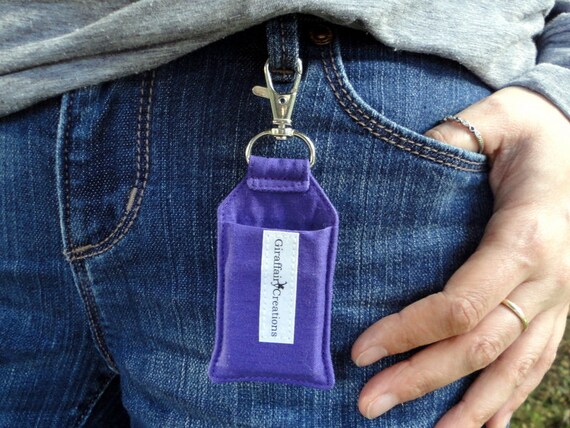

EnforceabilityĪccording to Ironclad’s Clickwrap Litigation Trends report, clickwrap and browsewrap agreements have significantly different enforceability rates. In short, browsewrap doesn’t require affirmative assent and instead relies on assumed or implied consent.

Browsewrap doesn’t require signers to do anything. However, with browsewrap, there’s no concrete way for a user to opt-out of consenting to an agreement short of leaving the site.Ĭlickwrap requires users to provide affirmative assent to an agreement by clicking a button or checking a box. If the user doesn’t want to give consent, they can decline by closing the window. Browsewrap assumes users have given their consent if they use the site, while clickwrap requires users to actively express consent by deciding to click or check a box. While browsewrap does have the first component, it lacks the second.

Clipwrap alternative pdf#
They are alternatives to traditional methods, such as linking a Word or PDF contract through a hyperlink or emailing a contract. the user is clicking a button to both sign in and accept terms), the enforceability is sign-in-wrap are less certain that clickwrap, but often more agreeable to the courts than browsewrap agreements.Ĭlickwrap and browsewrap have a few similarities: Both are ways of presenting online agreementsįirstly, clickwrap and browsewrap are both ways of presenting online agreements. Because this is a dual-purposed action (i.e. Sign-in-wrap is a mix of clickwrap and browsewrap that collects contract acceptance through the performance of another action like signing up or logging in. Are unable to show that they’ve assented to the contract.Don’t usually take the time to read what’s in the banner or access the hyperlink.However, most browsewrap agreements aren’t enforceable in court. Typically used for Terms of Service agreements, browsewrap agreements use notices like banners and hyperlinks to tell users about the contract. What is browsewrap?īrowsewrap simplifies the signing process even further by automatically assuming users have accepted an agreement if they use the website. These include Terms of Service agreements, non-disclosure agreements (NDAs), and influencer agreements. However, they are best used for standardized contracts -low-or-no- negotiation agreements that can be accepted at a high volume by many people at once and use the same language for every user. Generally speaking, you can use clickwrap for any kind of business contract. Track and manage who signed what and when.Present agreements to many people at the same time.They require much less effort to sign than traditional digital contracts, which require users to use Word, Adobe Acrobat, or another word processor to insert their signature or physically sign a document.īesides simplifying the signing process for users, clickwrap workflows also make it easier for companies to: What is clickwrap?Ĭlickwrap agreements, also known as click-to-sign, click-accept, or clickthrough agreements, are online contracts that users can agree to by checking a box or clicking a button that indicates their consent. We’ll also take a look at sign-up-wrap, which is a hybrid of clickwrap and browsewrap. Before we dive into a detailed discussion of the similarities and differences between clickwrap and browsewrap and why clickwrap is more reliable for expediting the signing stage of contract management lifecycle, let’s take a look at what they are.


 0 kommentar(er)
0 kommentar(er)
